I take a big breath in and feel myself rising. Rapidly, I blow bubbles out of my nose to try and stop the ascent, but I’ve overcorrected and start to sink again. I frown in frustration and remember Pete’s words in my head ‘step 1 – maintain PP02, step 2 – set minimum loop, step 3 – BCD’. After some more yoyo’s and a small amount of frustration I finally get it, I feel neutral buoyancy settle over me like a calm wave and I finally look around, everything is silent. The fish don’t seem to notice me, no bubbles are disguising the sounds of the reef and I float effortlessly, as if in outer space. That’s when I finally get it, this is what rebreather diving is all about.
I knew learning to dive on a closer-circuit rebreather would be challenging, but what I wasn’t ready for was how different it would feel. I threw all the normal rules of open-circuit scuba out the window and started from scratch again. Feeling uncomfortable underwater was not something I had experienced in many years, but thankfully I had the incredibly experienced and patient guidance of Pete Mesley of Lust 4 Rust diving to help me through the process.
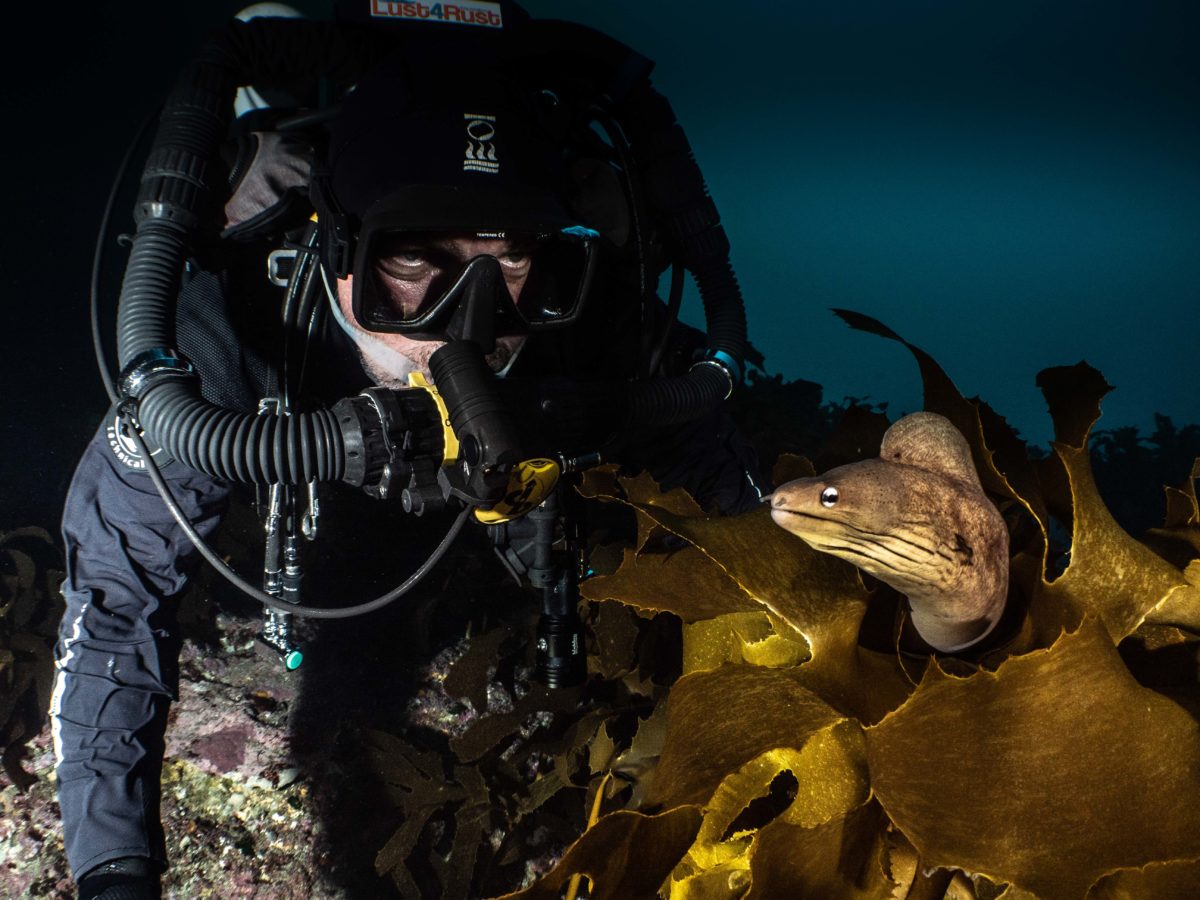
Photo: Joanna Smart
My rebreather journey began in Auckland, New Zealand. After having made a long journey from San Diego through Honolulu and staying at an incredibly questionable Airbnb on the way, I was very grateful to be back in somewhat familiar territory in New Zealand. It was my first time to the land of the long white cloud and I was excited to experience what I had always thought of as “Australia 2.0”, a similar country to home in many respected but slightly more organised when it comes to sporting endeavours, politics and general forward-thinking.
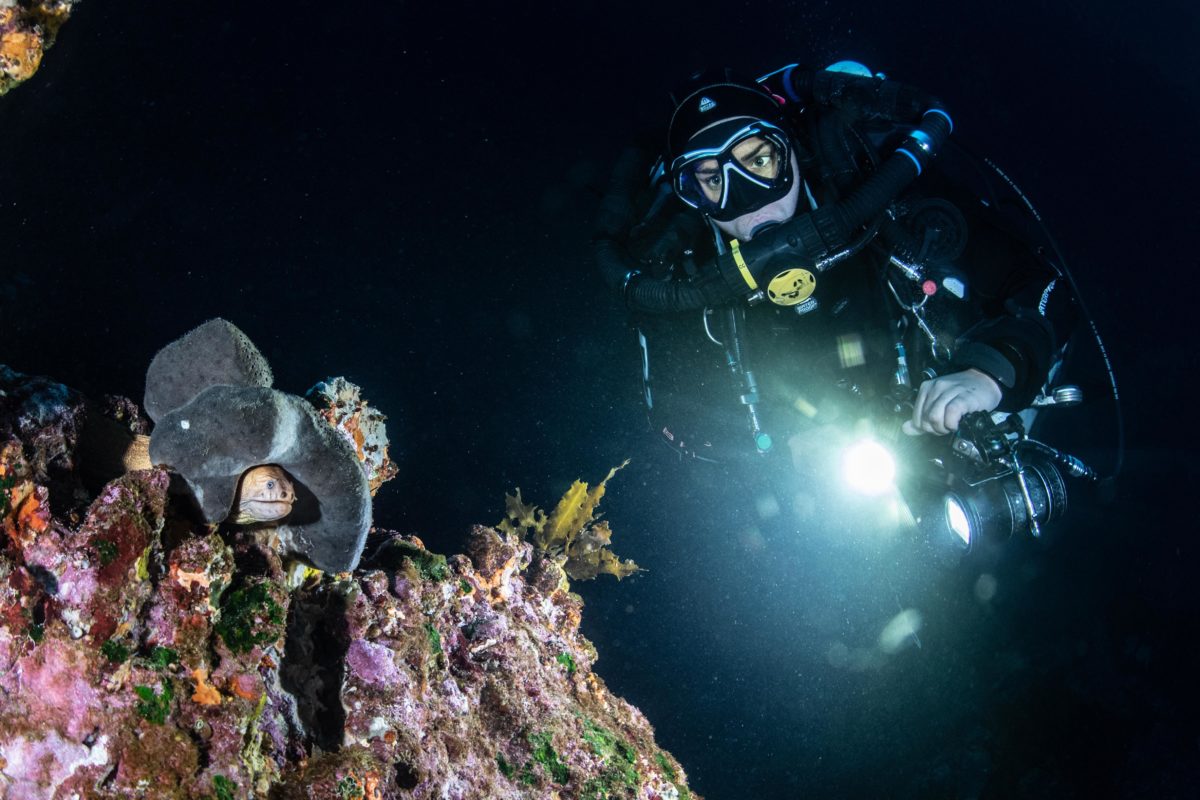
Photo: Pete Mesley
As seems to be the case in many of my past journeys, Pete picked me up from the side of a random road along with all of my luggage. We made the journey back to Pete’s house and settled in for a solid few sessions of theory for my PADI Advanced Rebreather course. I learnt about the function of a rebreather and the importance of correct setup and maintenance. I quickly learnt that this was nothing to be taken lightly, laziness with a rebreather is sure to result in death or serious injury. However, with Pete’s guidance, I learnt about common mistakes new rebreather divers make and the importance of a checklist when using a rebreather.
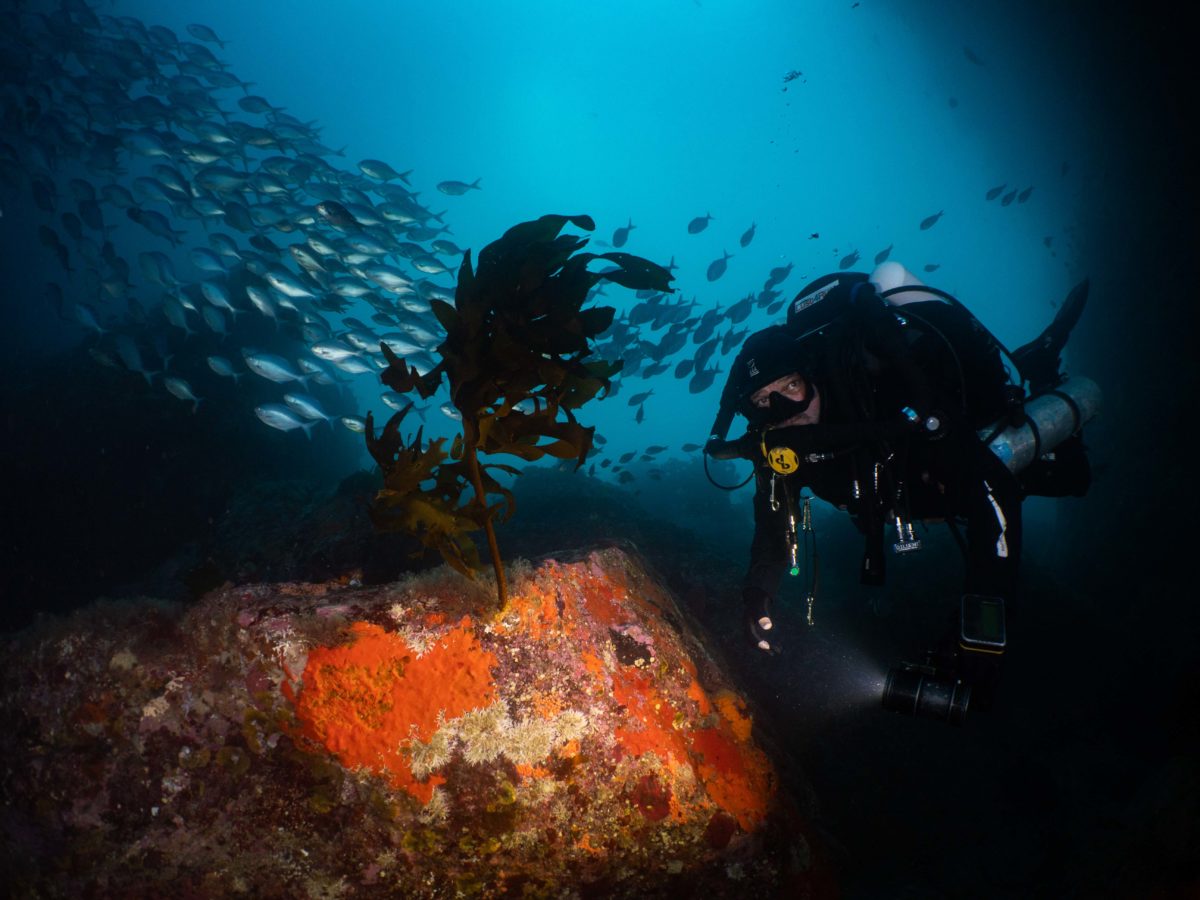
Photo: Joanna Smart
After spending a couple of days deep in the theory, it was time to gains some hands-on experience. Pete and I headed to Global Dive Auckland to pick up an AP Diving Buddy Inspiration Rebreather, the unit I was to be using for the course. I would like to give a big thanks to the team at AP diving for their support of the scholars. After loading both the car and the trailer with dive gear, oxygen cylinders, sorb and a large variety of other diving treasures, we climbed in and made the journey to Tutukaka on the northeast coast of New Zealand.
Tutukaka is a beautiful place. Bays, islands and inlets meet green hills and beautiful beaches to make a water lovers paradise. Divers, sailors and fisherman flock from all over New Zealand to enjoy the marine environment of the Poor Knights Marine Reserve and the Bay of Islands. It was the perfect platform to delve into rebreather diving.
We started out in the pool at Dive! Tutukaka. After being taught how to correctly assemble my rebreather, it was time to jump in the water for a taster. After spending some time with my head underwater practising breathing, I headed into deeper water for the hardest part – learning buoyancy.
Buoyancy on a rebreather is very different to open circuit. Buoyancy doesn’t change with breathing and relies mainly on the volume of air in the BCD. It is also affected by the addition of oxygen into the loop to maintain a set partial pressure of oxygen. Fine-tuning this buoyancy was by far the hardest part of the rebreather course and felt like learning to dive all over again.
From the pool, we headed to the Kai Iwi lakes, on the western side of New Zealand. These lakes were a fantastic training ground of calm water and gently sloping sand bottom for my first open water dives. We saw a large amount of shrimp and crustaceans and also got a visit from a very large rainbow trout, who came by to check us out. I was already starting to get a feel for the advantage of silent diving. From Kai Iwi, it was back to Tutukaka where I completed the rest of the dives at the Poor Knights Islands, thanks to Dive! Tutukaka.
The diving at the Poor Knights was spectacular. A marine reserve since 1981, the area is home to a mix of tropical and cub tropical species. More than 125 species of fish can be found living around the kelp, sponges, anemones, soft corals and gorgonian fans. It was also the perfect place to be on a rebreather and get up close and personal to all of the marine life. I was able to come face to face with large scorpionfish, moray eels and we even had a visit from a large bronze whaler shark.
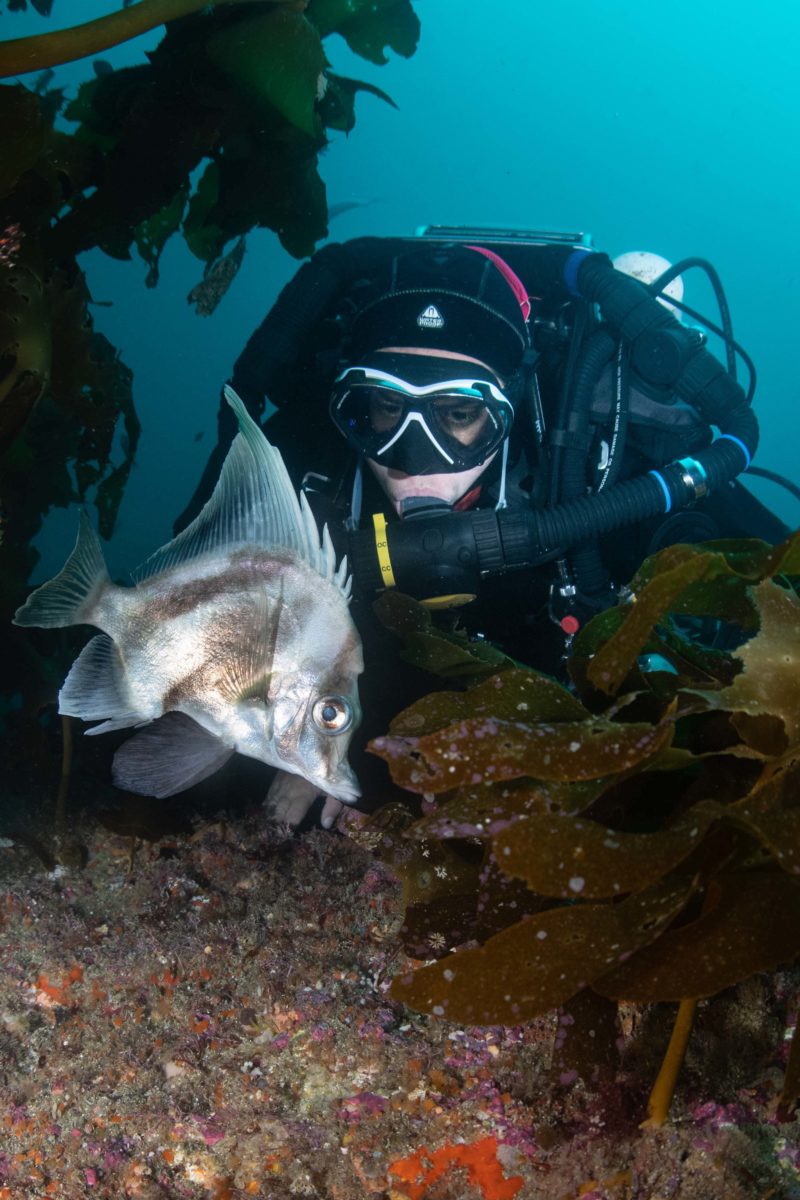
Photo: Pete Mesley
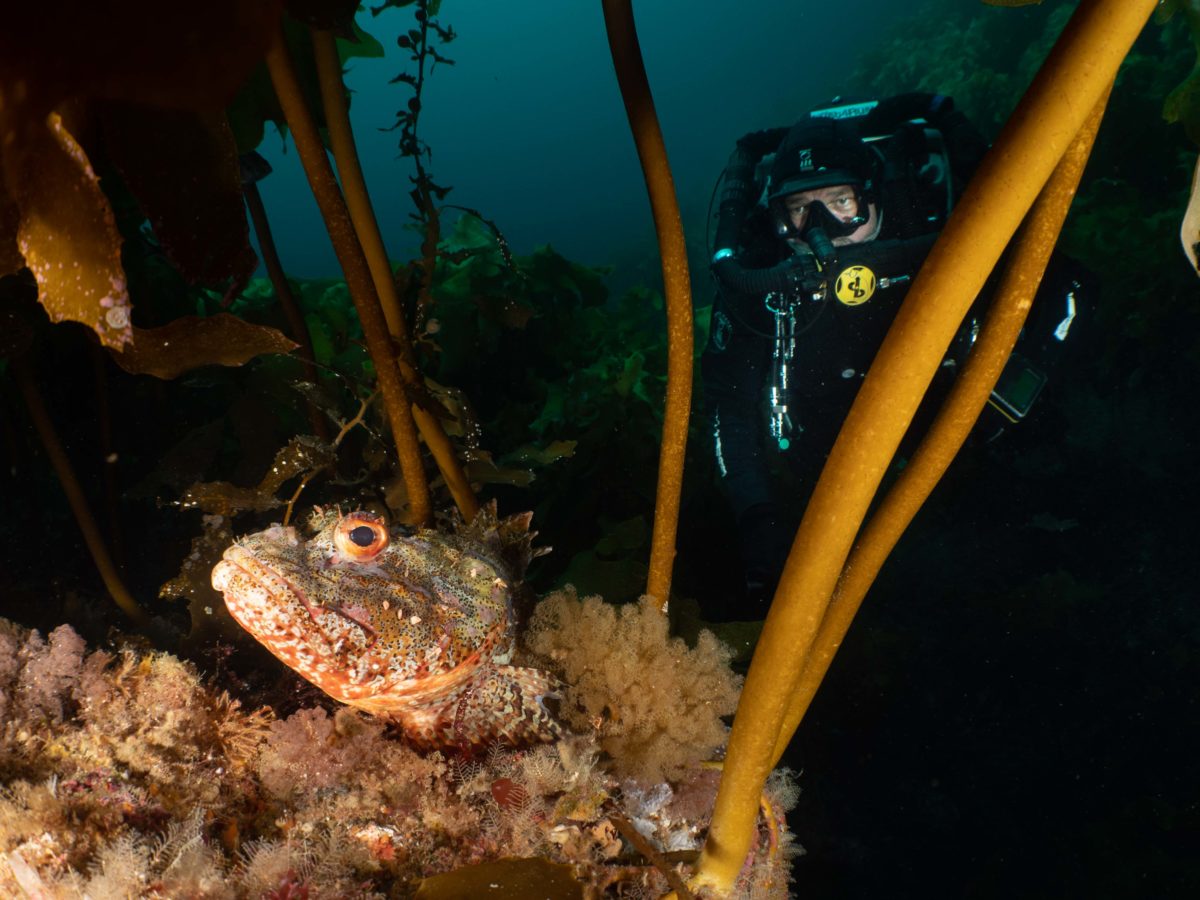
Photo: Joanna Smart
Surface intervals were spent enjoying the scenery of the Poor Knights Islands. Large sea caves, big cliffs and a plethora of inlets and islands make up the archipelago and are beautiful to explore by boat. During one surface interval, a pod of orcas swam directly under the boat, which provided much excitement to all of those onboard.
As I became more comfortable diving with the AP Buddy Inspiration, I began to take my camera. Diving with a camera and a rebreather is a lot of equipment, but it was worth it once I was underwater. With almost unlimited time and making no noise, you can get a lot closer to marine life and wait patiently for a photo subject to get in the right spot.
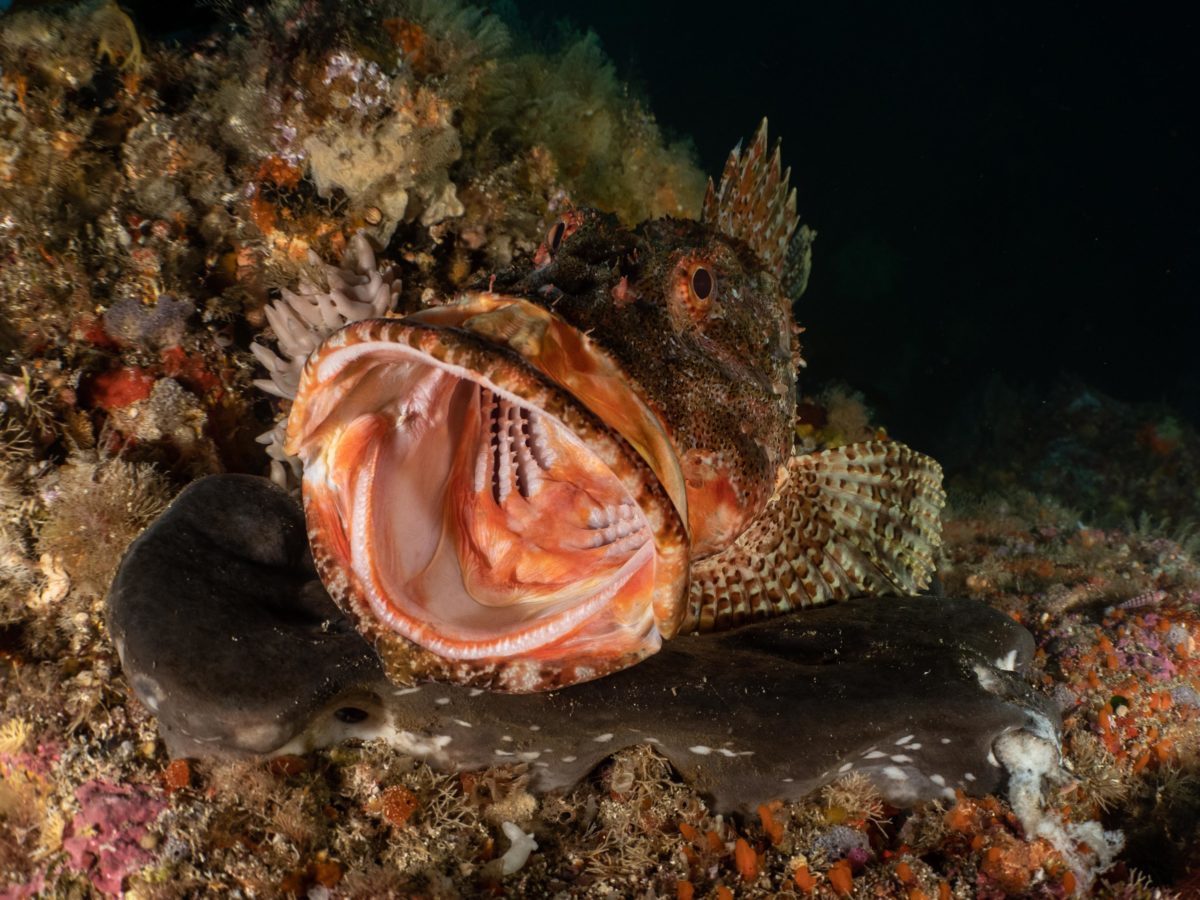
Photo: Joanna Smart
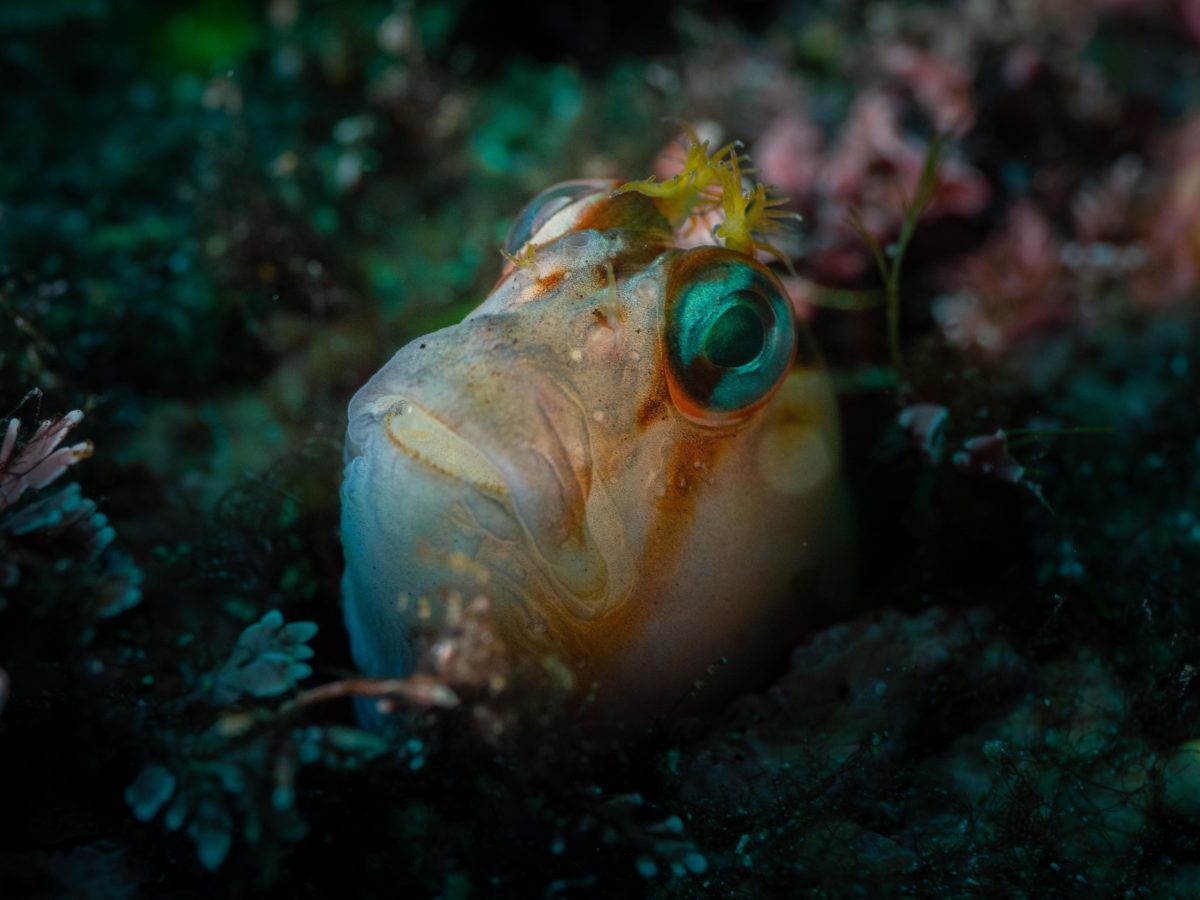
Photo: Joanna Smart
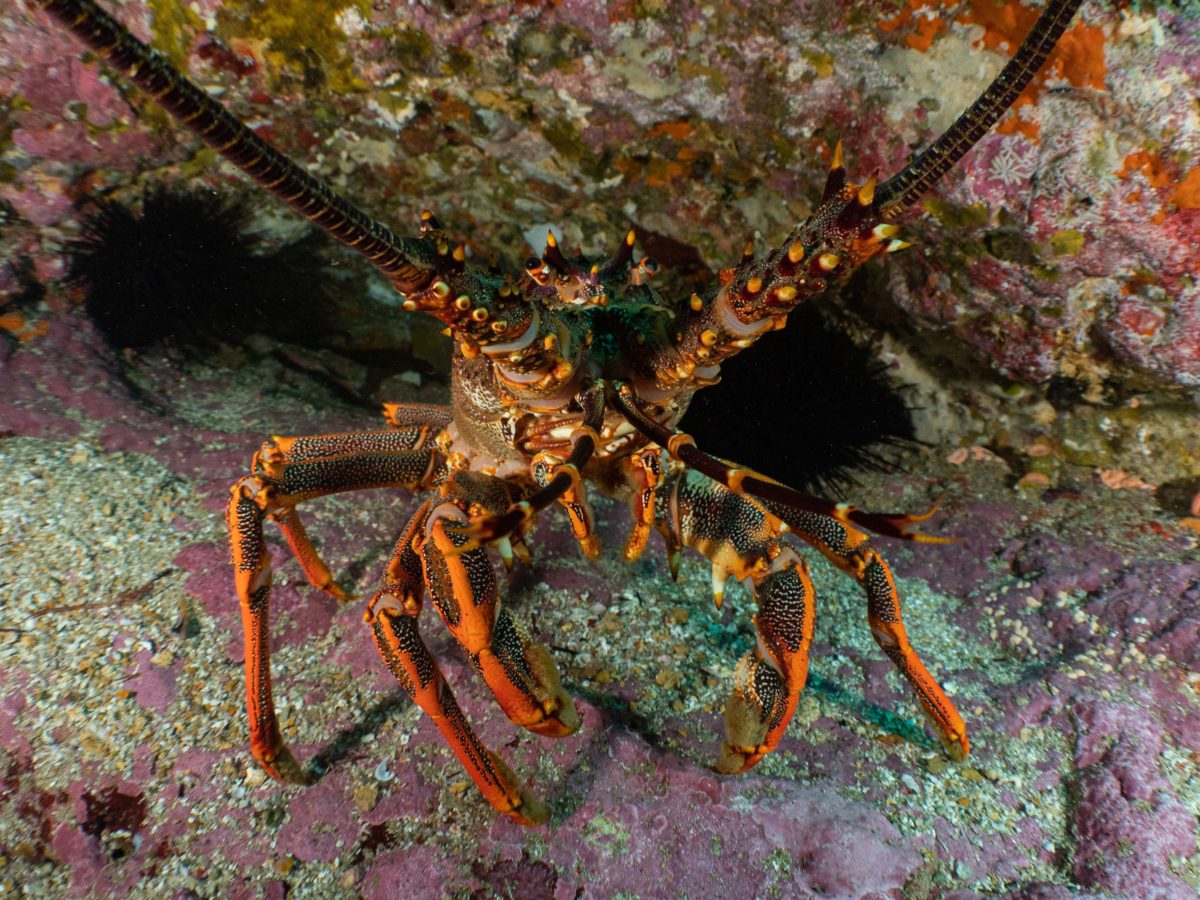
Photo: Joanna Smart
Overall, I spent more than 15 hours underwater on a rebreather. Although challenging, the course was one of the highlights of my scholarship year. Learning how to use a rebreather as a new tool for underwater exploration was a major goal at the start of my scholarship year and I could not have asked for a better place to complete my training. The team at Dive! Tutukaka was one of the most professional and friendly dive operators I have ever come across and I cannot thank them enough for their support of OWUSS scholars.
I would like to issue a HUGE thank you to Pete Mesley for taking the time out of his crazy schedule to train me. Pete’s knowledge and experience in the tech diving world are almost unrivalled and learning from such a well-respected member of the diving community was a privilege. Pete’s never-ending patience as I struggled through the new skills made the rebreather course an incredibly rewarding experience.
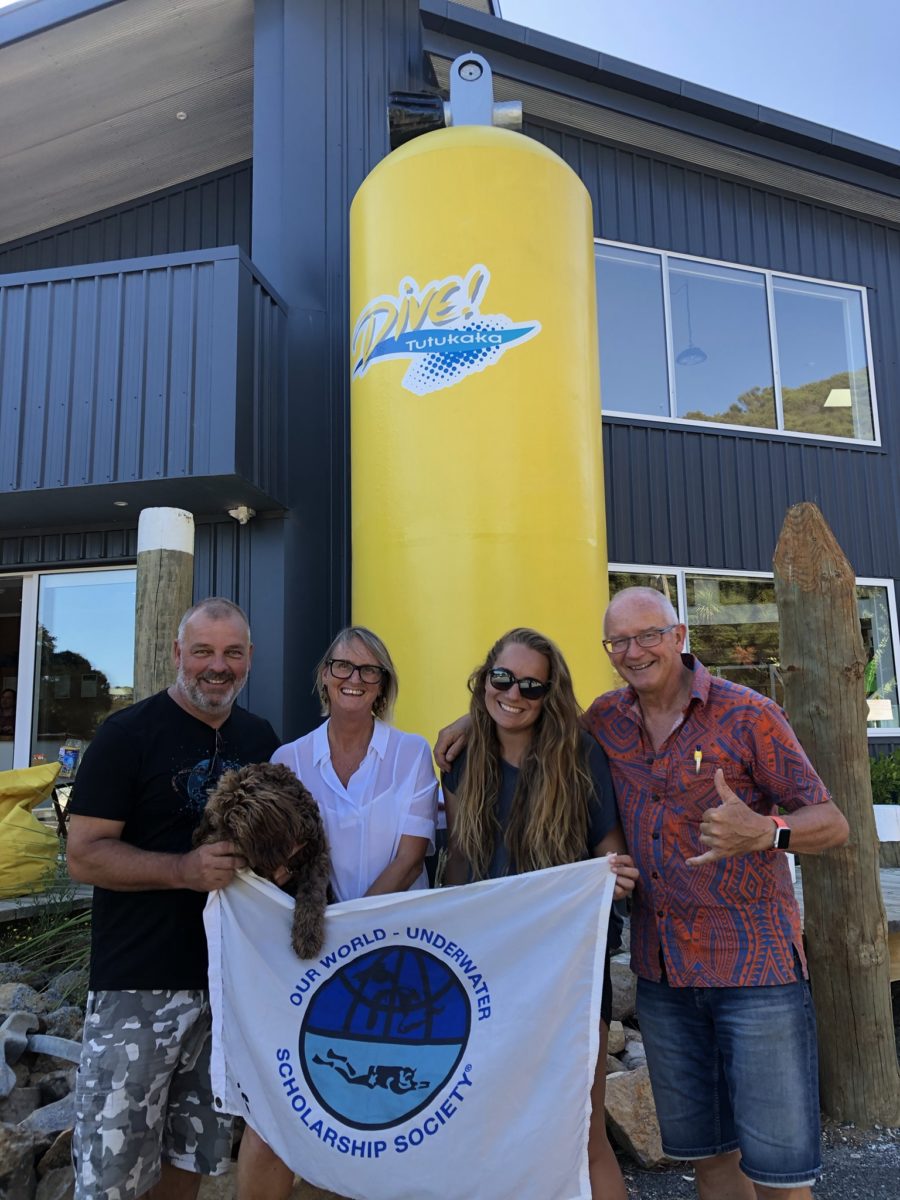
I would also like to thank PADI for their sponsorship of this course. PADI have been big supporters of the OWUSS scholarship for many years and I am very grateful (and proud) to be a PADI advanced rebreather diver.
Thank you to Rolex and OWUSS for making this experience possible. Learning to dive on a rebreather at this point in my career is a huge step forward and would have taken me a very long time to achieve otherwise. Being able to complete this course is a testament to the value of the OWUSS Rolex Scholarship and the amazing launching platform it is for a young person’s future.